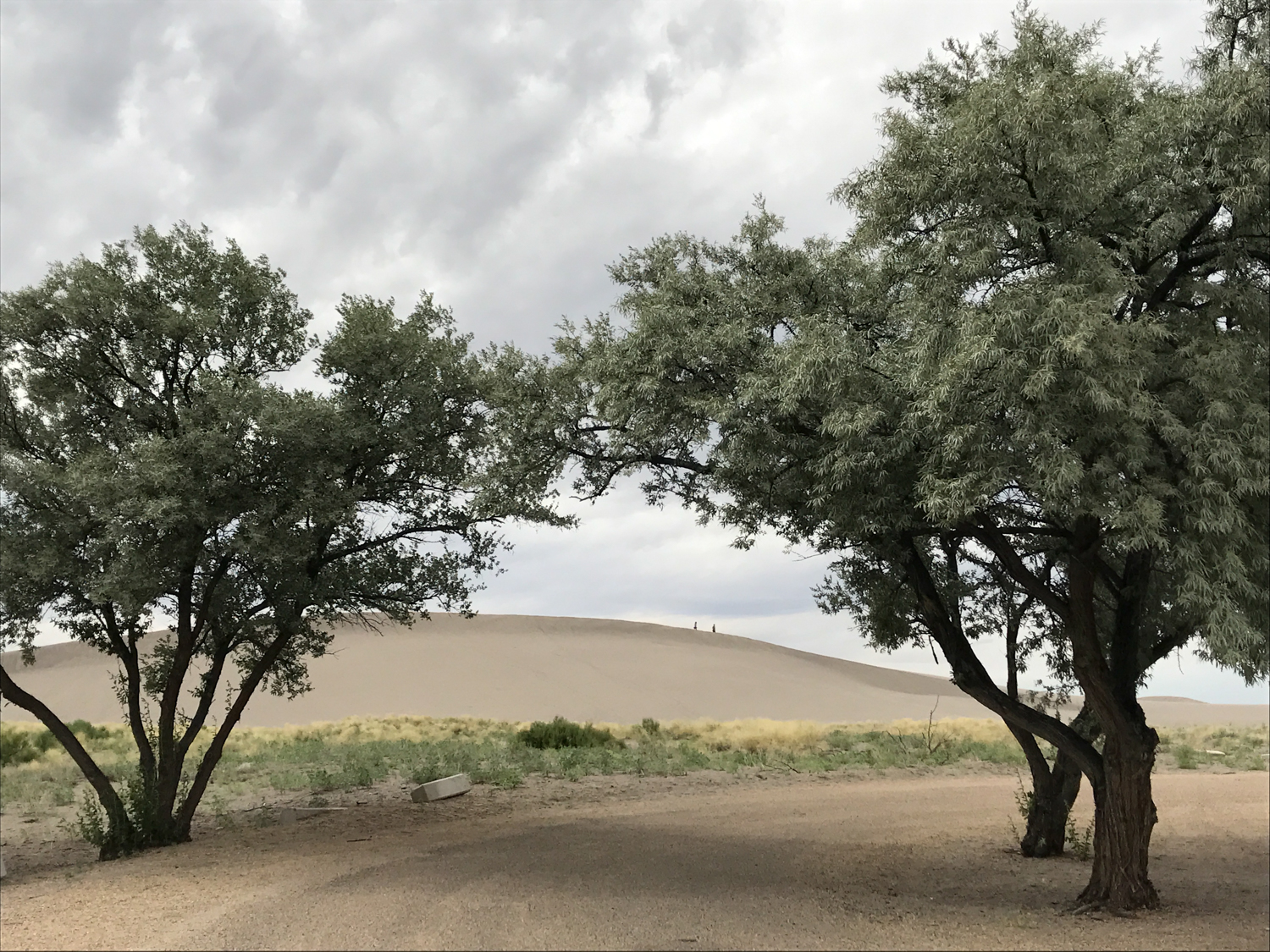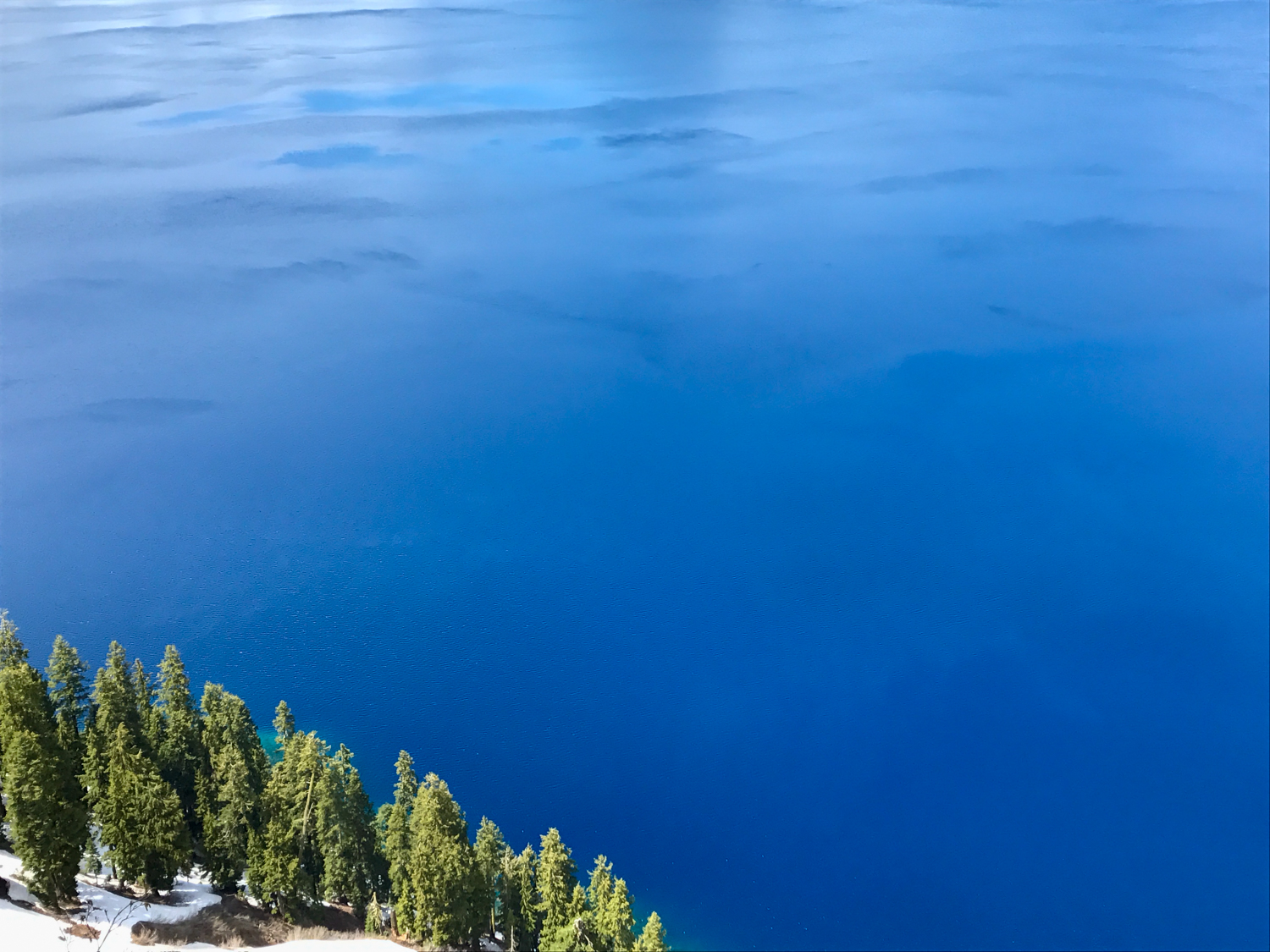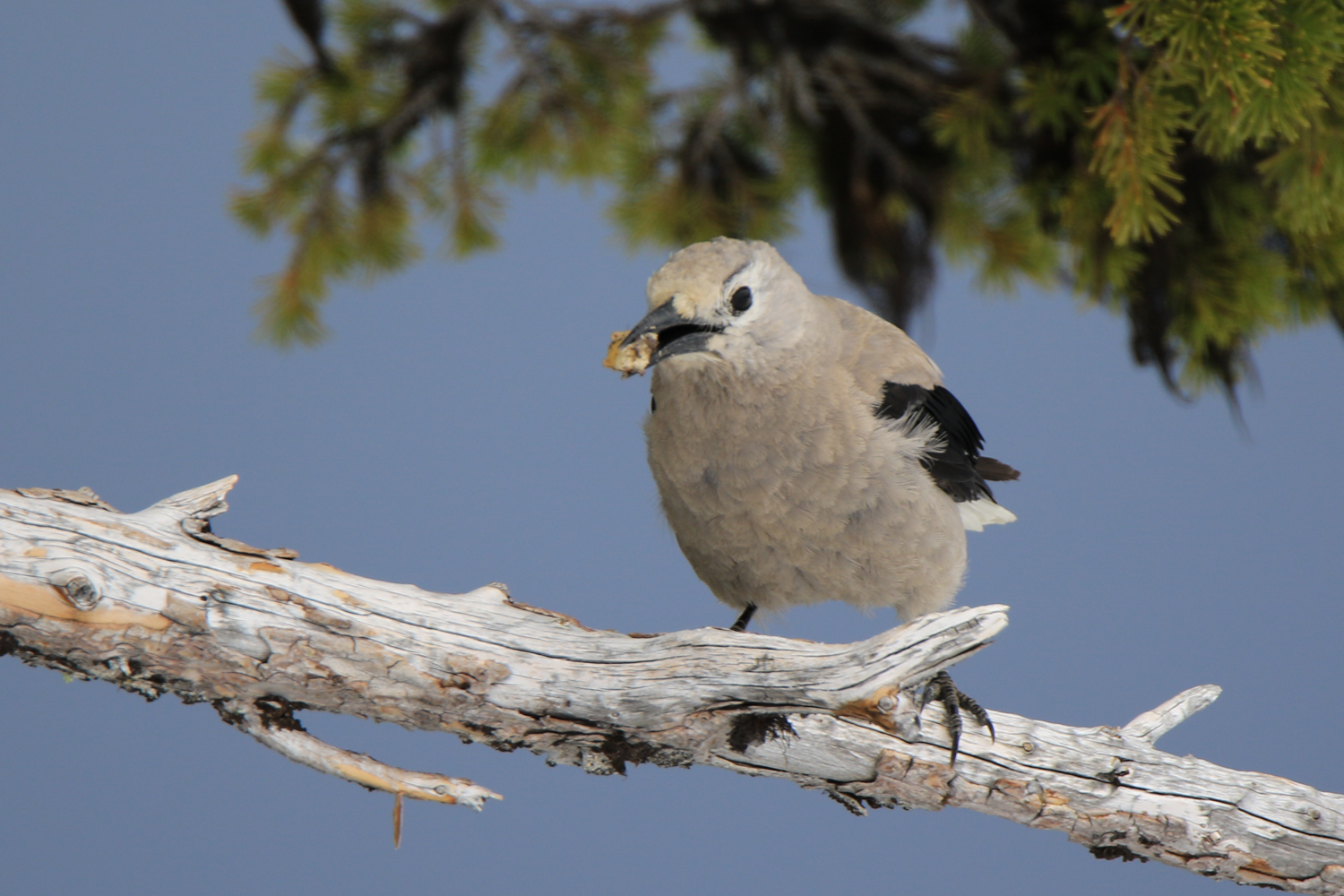The raptors were a little scarce the morning that I visited, but the canyon was really striking:


The river cuts through this lava-based bedrock to forms the canyon:

Nearby, a state park preserves a set of sand dunes:

The dunes are huge. The two dots on the top of the dune are people.


A little farther east is a huge ancient lava flow area, called Craters of the Moon. But despite the soil being composed of lava sand, plants still flower there:

Killdeer and her family:

Horned Lark:


After 1,000 miles of driving through forests, it's not all that beautiful anymore...



















